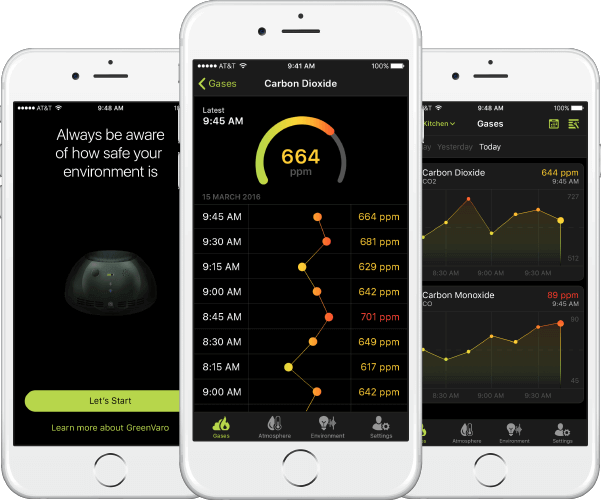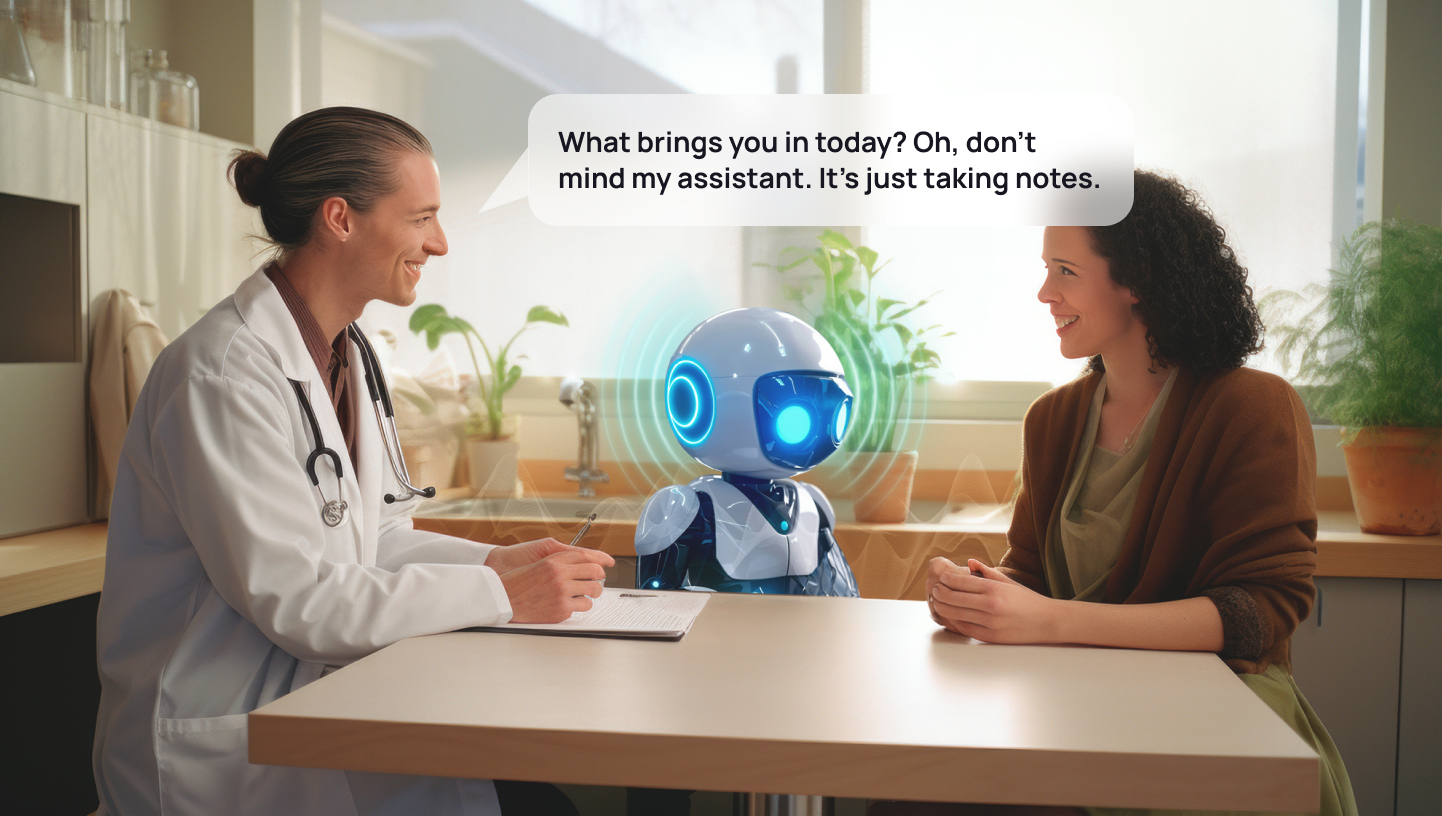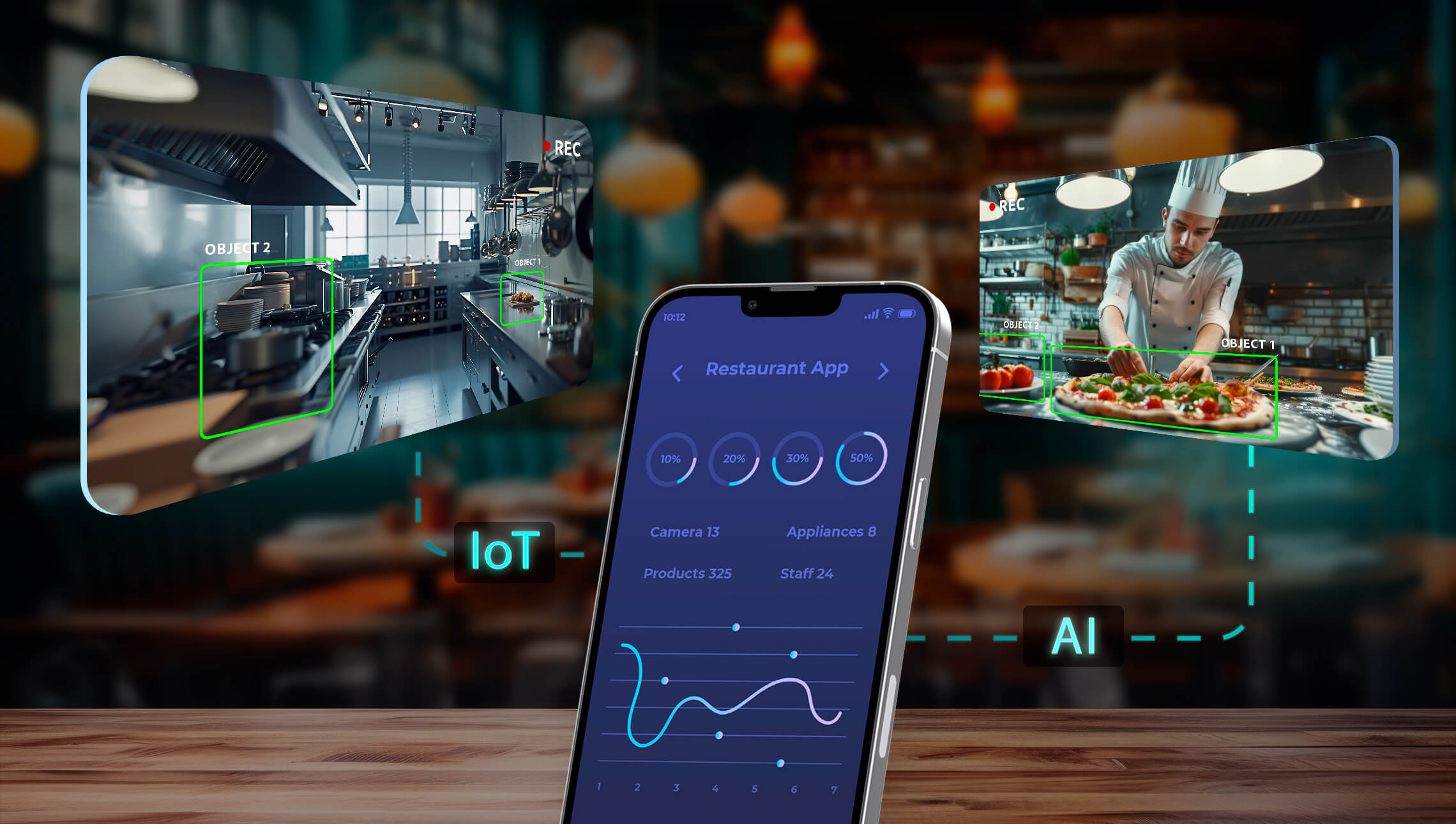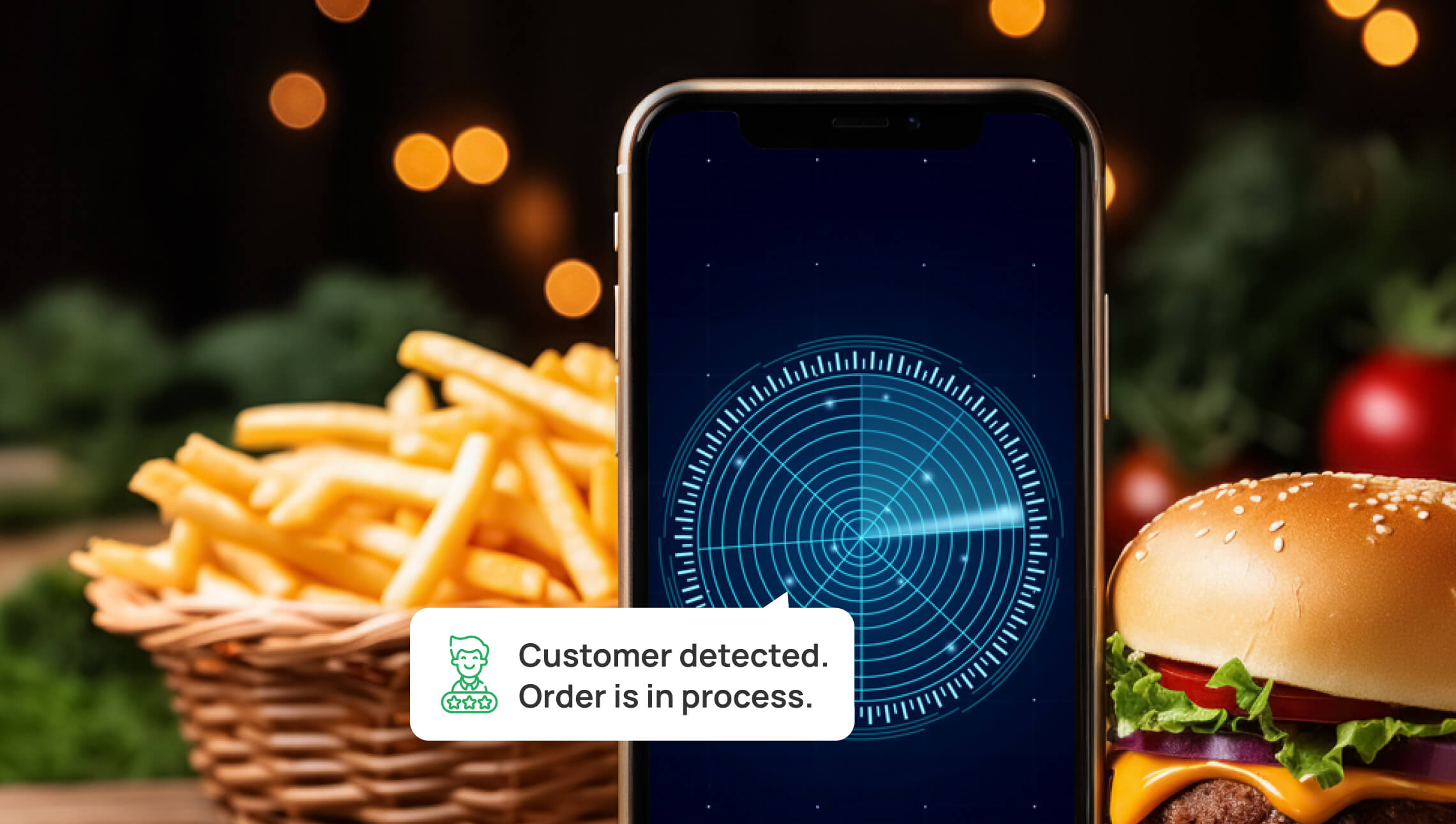5G benefits for business and lives

This is the second part of our comprehensive guide about all the different benefits that 5G gives to the world. We’ve already covered how this new technology is going to impact the gaming and sports verticals with the never-seen-before XR capabilities as well as digital healthcare.
And, of course, we address the conspiracy theories about how 5G’s capabilities can spread COVID-19. If you are still doubtful and don’t really understand, should you pay attention to these rumors or not — read our article that explains why 5G is safe and not causes anything bad, especially coronavirus, due to the very different nature of the two phenomena.
In this article, we continue to detail the good vibes and benefits that 5G will bring to our society.
Virtual spaces
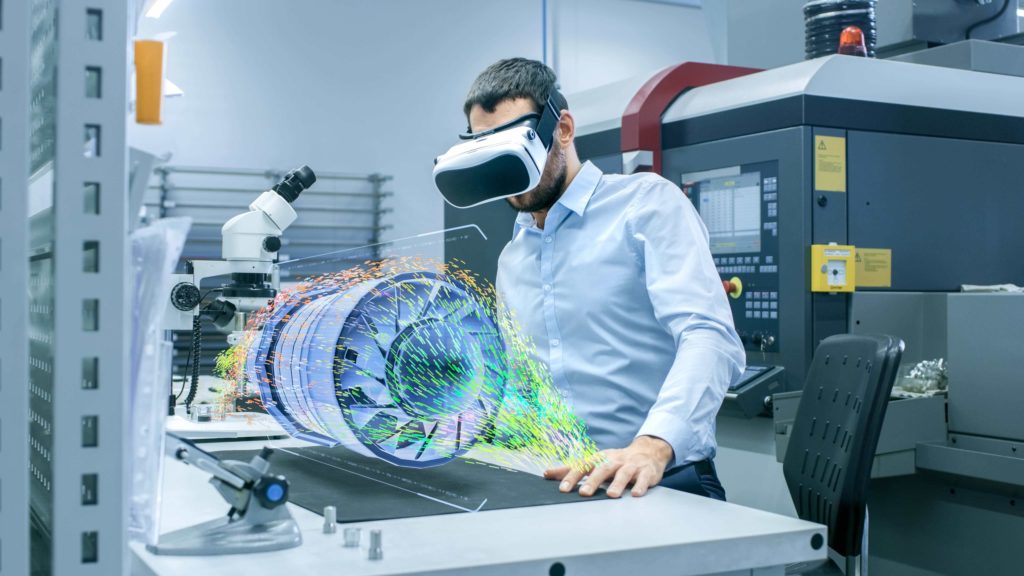
As in-person office environments will soon be disappearing due to the so-called pandemic revolution, 5G can help companies to conduct online meetings in VR without any latencies. In addition, with almost instantaneous access to the cloud where everything can be processed remotely, VR and AR devices can be made smaller and smaller.
Thanks to 5G’s high bandwidth and low latency, augmented and virtual reality could finally become a day-to-day reality. VR telepresence apps will allow colleagues in distant cities to work “side by side”. And there are some successful projects already made by mainstream companies as well as technology early adopters.
In their virtual offices, employees have unlimited numbers of conference rooms and are able to interact with each other and collaborate on projects as though they were all present in the same place, rather than scheduling Skype calls or chatting over email.
Employees can analyze and interact with data on endless monitors, train new skills without risking their health or visualize an area’s potential construction options — there are endless possible use cases even now!
Tokyo-based company “team S” is already testing a next-generation online shopping platform for a very new shopping experience. The system will allow consumers to virtually drop in at shops and buy goods they choose: wearing VR glasses or goggles, they can see images of the inside of a shop they want to visit, which are live-streamed via the internet. The customer can verbally order goods from a shop employee and have the items delivered. The system will also allow shops to launch online retailing without opening a website.
In the foreseeable future, customers will be able to freely move inside VR spaces much bigger, when the communications capacity expands with cameras in shops.
Other virtual spaces we will have access to are museums and galleries. For example, Google Arts & Culture has already partnered with over 2500 museums and galleries around the world to give everyone free virtual access to the most famous museums around the world.
Now people can gain knowledge about art, history, and science without leaving their couch.
This opportunity is especially good for students who are willing to stay on top of their studies while universities and schools are closed.
Smart cities, homes, and vehicles

The proliferation of IoT and the impending development of 5G connectivity will open the floodgates for the first truly smart city. The major impediment to moving the smart city from theoretical to practical was the sheer speed and bandwidth to handle the amount of data generated by the IoT and process it in real-time. According to Accenture, smart city solutions applied to the management of vehicle traffic and electrical grids alone could produce $160 billion in benefits and savings through reductions in energy usage, traffic congestion, and fuel costs.
For example, a smart city enhanced with 5G will have multiple layers that can be added to something as simple as a smart streetlight. A 5G-connected streetlight with a video camera or gunshot detection sensor will give information to public safety officials so they can respond faster. Video analytics can be quickly assessed and AI can be added on top of that to make the city a safer place.
On a day-to-day basis, the most immediate effects of 5G may be noticed at home. With the capacity to support millions of devices connected in an area of two square kilometers, this technology will allow all the appliances of a smart home to work automatically, without having to program them.
The network can detect problems such as gas leaks and send an emergency call. The home with 5G will also be beneficial for the environment.
For example, connecting household service meters to a central network would allow energy suppliers to intelligently detect and respond to peaks in energy use.
But the most promising feature of a smart city is that fully automated vehicles (AVs) — commonly known as driverless vehicles — are quickly becoming a reality. As we see these technologies evolve and grow, so will the amount of data both generated and demanded by AVs. That is why 5G comes here as a real game-changer, brightening-up the future of automated vehicles.
Onboard sensors are the most critical enabling technology for AV. They are helping automated vehicles to make sense of their environment and surroundings. Onboard processing allows vehicles to take the data inputs from sensors and act on them to guide vehicles’ operations on the road. Radar, lidar, sonar, and video cameras have made automated vehicles possible using this data.
The capacity and performance we expect with 5G networks will create additional opportunities for features and functionality. 5G will provide enhanced connectivity for AVs, with factors such as low latency, high-speed mobility, high data speeds, and high capacity. Key sensors’ data could be effectively communicated to the cloud, thus enabling capabilities that go beyond what the onboard processing in a single-vehicle could accomplish.
Vehicle-to-vehicle (V2V) and vehicle-to-infrastructure (V2I) communications will also become a new feature for the modern smart city. V2V and V2I will be both implemented in human-driven vehicles and highly automated vehicles in the coming years.
Automated Vehicles will be able to “see” and receive data directly from other vehicles and road infrastructure beyond what their onboard sensors can perceive — around corners, through other vehicles, and at longer distances.
In addition to the onboard sensors, these data streams paired with sensor inputs will grant a more robust picture of the road and traffic environment around the automated vehicle. This will provide a much higher degree of confidence in AVs. They will receive the information they need to make real-time decisions based on real-time information that goes beyond the individual sensors onboard the vehicle itself.
Beyond these automated driving improvements, additional information such as detailed mapping data, software and firmware updates, and cybersecurity enhancements will all be delivered to AVs far more quickly and efficiently by 5G networks.
The future of control with 5G
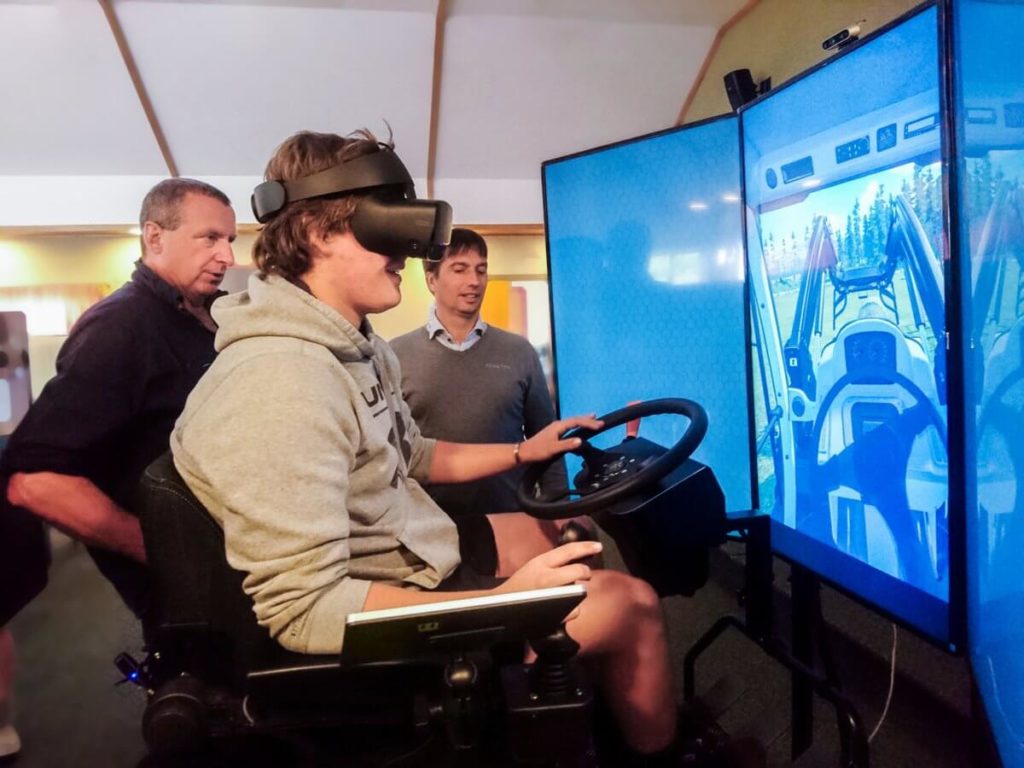
5G is bringing never-seen-before innovations and opportunities in remote vehicle control. Back in 2017, Integrated Transport Research Lab developed and tested a remote operation of a research concept vehicle (RCV). A 5G testbed radio, using a 15 GHz carrier frequency, provided sufficient bandwidth for remotely operating multiple vehicles in the same cell. Delivering the throughput on 15 GHz is accomplished using beamforming; that is, tracking the moving vehicle and focusing the radio power for maximum effect. Due to the low latency of the 5G radio access, RTT was under 4 ms. That approved, that a remotely-controlled bus is going to become a reality in the near future.
Today, as 5G has drastically developed since, Finnish tech company Elisa has recently previewed next-generation cellular applications that illustrate the potentially transformative impacts of 5G on industry and society.
One of them is a safe way to remotely control heavy machines like tractors with 5G and a 360 camera. The tractor is located 150 kilometers from Helsinki but is remotely controlled from the capital, because of the high speed and the low latency of 5G. The remote driver has a full real-time view of the environment through a 360 camera that is installed on the roof of the tractor, enabling a 4K view of the landscape, enabling safe farming without the need to actually be at the farm.
Another one is introducing a safer way for rescue operations with 360 VR live streaming with 8K resolution from drones. The video is broadcasted from a bird’s-eye view in 360 degrees with an 8K resolution. Real-time video footage can be used in situations that demand high-quality and wide footage of the surroundings. With the solution, events recorded by a drone can be viewed exactly from the angle you want. The 5G feature will make the work of emergency services easier in different kinds of rescue operations.
The end of the final part

As you can see 5G is a very relevant topic to discuss as our modern world is built upon the Internet and 5G is going to bring wholly new opportunities in almost every part of business and lives. It definitely will open even new opportunities which we haven’t thought of yet. It won’t arrive soon, but in 10 years the world is going to change beyond all recognition. It has started already as coronavirus forced it to and much more is to come.
In case you consider going digital and need assistance with implementing new technology in your organization, feel free to get in touch with our consultants. They will be glad to answer all your questions about your custom software development needs.


